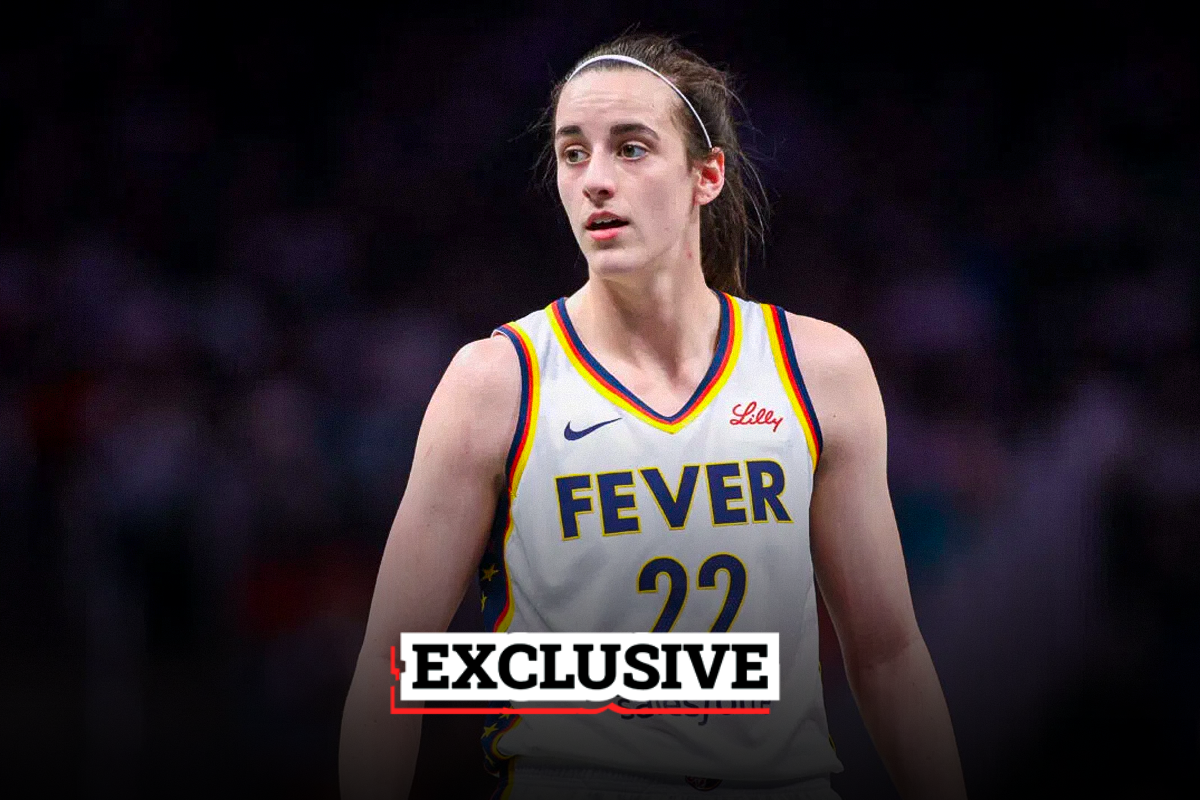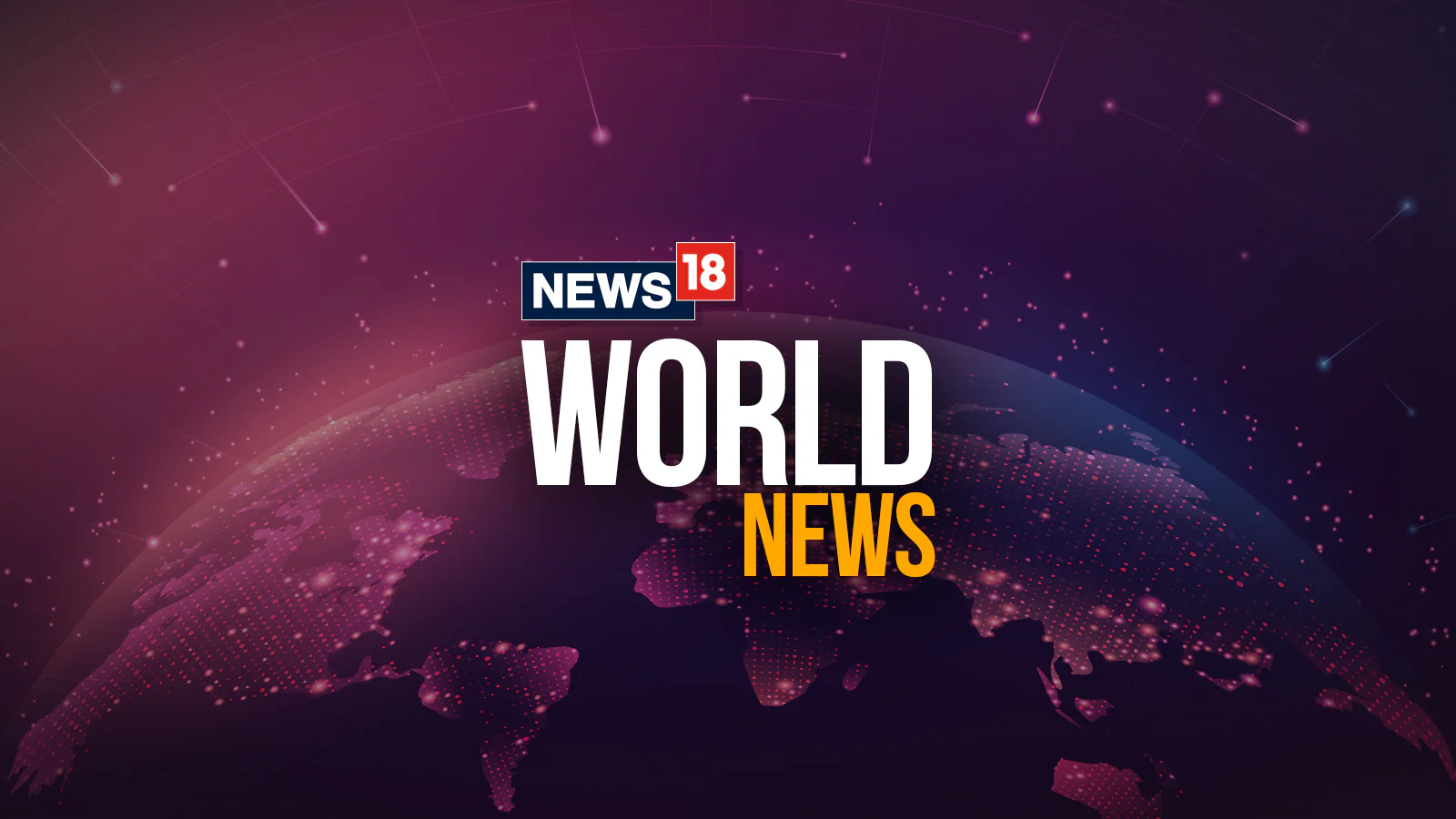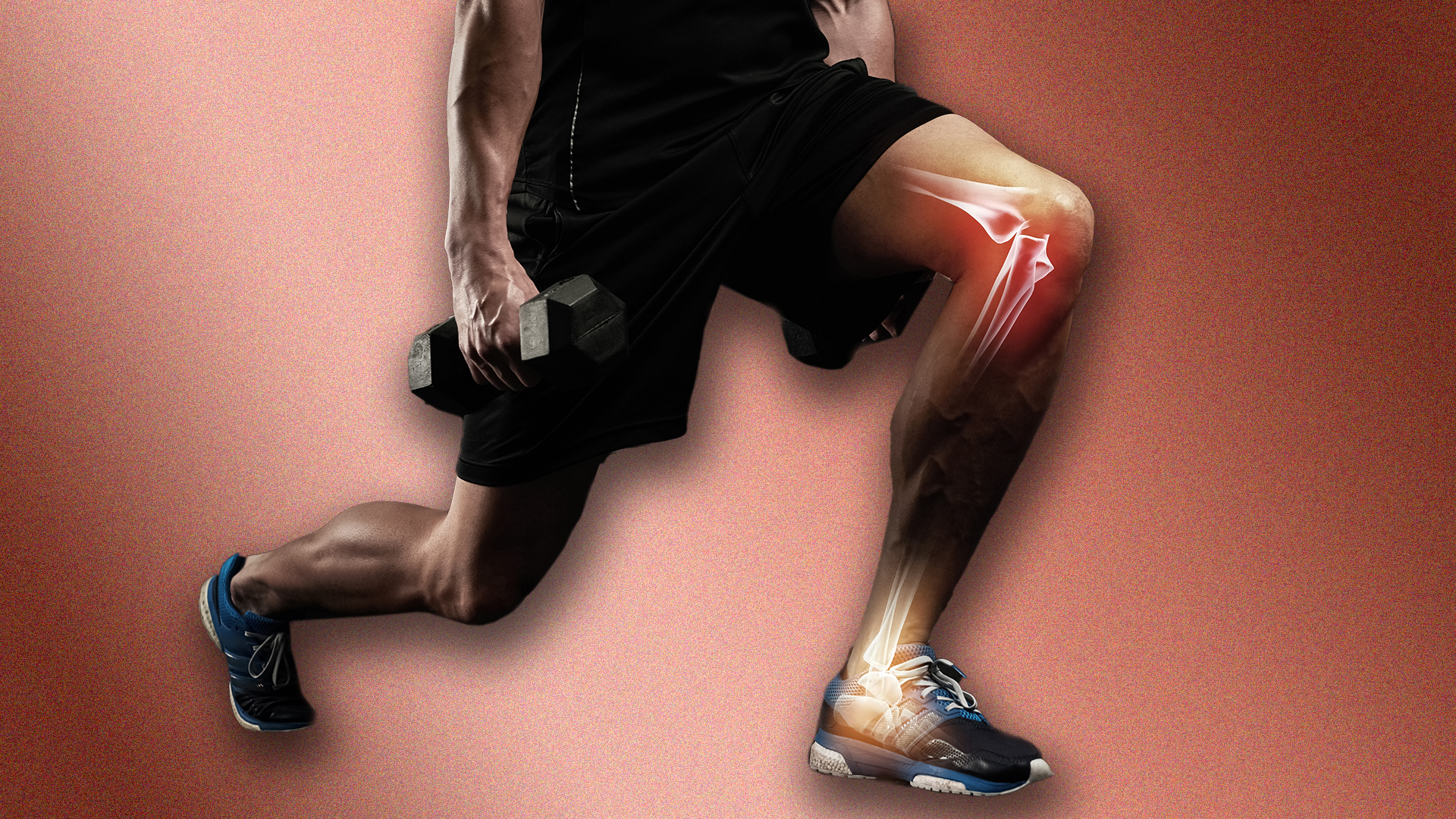
“No league is ever about one player, but in this case, Caitlin brought tens of millions of new viewers into the W. And there’s no denying that impact.” Think about it for a second. The WNBA Commissioner—openly tipping her hat to a single player. How often have you seen that happen in any sport? Not often! But while the women’s league has experienced tremendous growth over the past year, Caitlin Clark suited up for just 13 games this season! We’ve been attributing her absence to injuries. There’s a deeper reason behind this, though, one that we at EssentiallySports explored with Mental Performance Coach, Bryn Drescher.
Back in 1997, when the WNBA first tipped off as an NBA-backed league for women, ‘living the dream’ came with a reality check: the average salary was just $28,000, and the top paycheck barely hit $50,000. By 2000, frustration boiled over. Stars like Isabelle Fijalkowski, Cindy Brown, and Andrea Congreaves looked across the Atlantic and saw a chance to earn nearly 3x in Europe—and they took it! Even today, many WNBA players head overseas, chasing a standard of living that just isn’t possible under the current league setup. And what happens when you play basketball year-round just to make a living?
Injuries, of course. When EssentiallySports exclusively asked Bryn Drescher about this, she gave an answer that really deserves to be heard far and wide.
ADVERTISEMENT
Article continues below this ad
“When you’re using the same muscles over and over again with no rest, it is likely that they will fail. And here’s the other thing people don’t consider. I have this thing I say as a mental performance coach—there are psychological reasons why physiological things break down. In other words, players who won’t rest sometimes find that their body forces them to rest through an injury.”
As Bryn points out, some athletes just want to play day in and day out. Maybe that was the case with Caitlin Clark too? She’d never been sidelined long-term by injury before, not in college or in the W, and suddenly she found herself out for two weeks with a left quadriceps issue. Nevertheless, the injuries kept coming, no matter how hard she tried. Maybe she was rushing herself to get back on the court? It certainly highlights the mental side of things.
ADVERTISEMENT
Article continues below this ad
“A mental health or a physical brain health issue is not visible to the outside body, right? So it looks like you’re fine, right?… So there’s a lot of pressure for them to play, especially when they’re counted on and everybody needs them, you know,” Bryn emphasized.
With the addition of the Golden State Valkyries, players had to squeeze in four extra games while the season length stayed the same. It’s simple math to me—the more games you cram in, the higher the risk of injuries, especially for players with overseas or off-season commitments. The numbers back this up, too.
Read Top Stories First From EssentiallySports
Click here and check box next to EssentiallySports
ADVERTISEMENT
Article continues below this ad
The players are pushing for a better revenue-sharing model and more roster spots (CBA) as the league gears up for full-scale expansion. On paper, adding roster space seems like the right move to handle the growing number of games expected by 2030, but in reality, it might not be enough. The Los Angeles-based Mental Performance Coach put it perfectly, referencing “Adam Ruins Everything” to make her point.
ADVERTISEMENT
Article continues below this ad
“‘If I add more lanes to the highway,’ he’s like, there’ll still be tons of traffic, you know? So yeah, you can add more games. You can add more roster spots, there still will be injuries, because they’re using those same joints, at a high rate of incidents, because of the way we play players, right?”
Yes, load management like the NBA could technically be implemented with the addition of more roster spots, but that would likely enrage fans. Imagine showing up to watch a game specifically to see Caitlin Clark, Paige Bueckers, or A’ja Wilson, only to find out they’ve been rested. How would fans react? Not well. Now imagine the player is only half fit and still on the court, struggling to perform—how would that go over with the crowd?
ADVERTISEMENT
Article continues below this ad
Well, this brings us to a major issue players have been grappling with since last year: Cyberbullying. As Bryn Drescher rightly pointed out to EssentiallySports:
“With more eyes come more trolls, come more people that want to tear down things because of their own insecurities.“
ADVERTISEMENT
Article continues below this ad
When the whole world starts paying attention, the bright lights also cast the darkest shadows. The 2024 season drew a record 136.29 million viewing hours across all national networks, exposing athletes to the darker side of social media.
This surge in popularity brought female athletes face-to-face with an unprecedented wave of hate and harassment. Stalking incidents surged as well. A 40-year-old man pleaded guilty to targeting Paige Bueckers, sending obsessive posts, a fake wedding invitation, and even photos of himself wearing what appeared to be an engagement ring. The above ordeal left the Dallas star “concerned” and “worried,” not just for herself but also for her family and teammates.
ADVERTISEMENT
Article continues below this ad
Caitlin Clark faced a similar nightmare when 55-year-old Michael Lewis from Texas was arrested after sending over 800 threatening and sexually explicit messages in just one month, leaving Clark “very fearful” for her safety.
It’s really not easy out there.
“But on the other side, the weight of fame and the weight of what Caitlin’s going to people don’t think about that too. They’re like, ‘Oh, it’s probably easy signing autographs and stuff,’ because, you know, yeah, you’re getting a lot of trolls, but you’re also getting a lot of attention,” Bryn highlighted.
Few people talk about how mentally draining it is for players to constantly face trolls and get criticized for every small mistake. That pressure doesn’t just affect their mental health—it can take a toll on their physical wellbeing too. So despite the W’s recent surge in popularity, it’s clear that not everything is sunshine and rainbows…
Bryn Drescher’s Playbook for Player Resilience in the WNBA
Athletes reading this story in the future won’t be left empty-handed, because after all, this is what Bryn does. With over a decade of experience coaching NBA, WNBA, and NCAA athletes, she helps players shift their mindset, unlock confidence, and perform at their best when it matters most.
“So the biggest thing with me, the work that I do, is to help them develop an identity that isn’t hurt or harmed by those things (cyberbullying). But of course, my first advice would be, pay no attention to those that don’t matter to you, right? Paige says that all the time. You know, if you’re not in my inner circle, your opinion is not what I seek for who you know to know who I am, right? And even you know. So I would say to the athlete, develop a strong sense of who you are, and then only let in that which feeds you, right? And if you see things that are counter to that, do your best to turn away as quickly as possible, or to discard,” Bryn concluded.
The conversation with Bryn really opened my eyes to the depth of some of the league’s issues. We often focus on facilities, travel, pay—as the biggest challenges—but rarely do we talk about mental health, which is just as crucial, especially for today’s generation of athletes.
On the other hand, it would be unfair to say the league hasn’t taken steps to protect its players’ mental well-being. They recently launched the “No Space for Hate” campaign, aiming to combat online trolls spreading hate speech using AI. However, its effectiveness remains unknown (for now).
Do you have any suggestions? Drop them below, and let’s work together to make the WNBA fanbase and every comment section a better place to be in.



